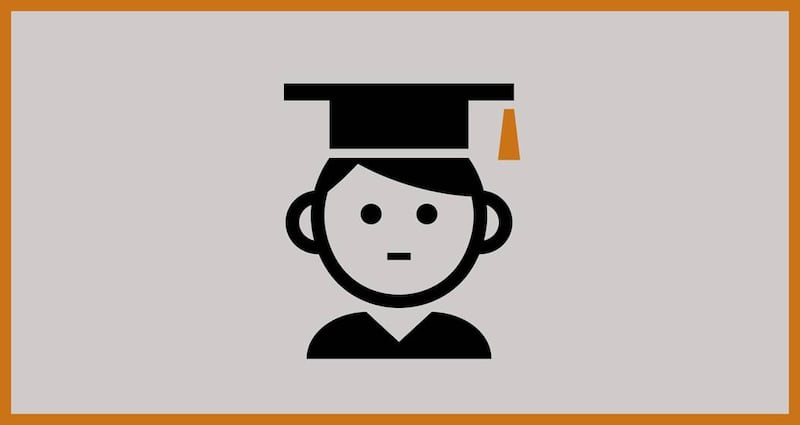[ Returning to Ireland Opens in new window ]
Childcare
With little subsidisation (one free pre-school year is all that's on offer, to be extended to two in September 2016) and no tax reliefs available, the cost of childcare in Ireland is high. A study from Early Childhood Ireland in 2014 for example, put the average cost per month in a creche at €780, while in Dublin, you could expect to pay more than €1,200 a month.

If you're moving home from Toronto in Canada, you probably won't balk at the high costs of childcare in Ireland however, as average costs there are about $1,676 a month. On the other hand if you have been living in Quebec, where costs are capped at $7.30 a day, you will likely find the costs in Ireland excessively high.
Options to keep childcare costs in check can be to look for a more reasonable childminder, or to hire an au pair. You can expect to pay about €80 to €120 a week for a live in au pair who will offer childcare of about 20 hours a week. Additional childcare can be agreed for a further fee.
The free pre-school year, known as the Early Childhood Care and Education (ECCE) Programme, applies for children aged 3-4, and offers a certain number of hours of childcare in approved centres each week during term time. If a child is in full-time care, the grant is deducted from the overall fee. This will be extended to two years in September 2016.
Schools
National schools are still typically under the control of the Catholic Church, which means that you may need to show proof of a baptismal cert to enrol your child, but slowly but surely other options are emerging. Educate Together for example, now operates 74 non-denominational primary schools around the country.
Waiting lists for primary and secondary level can be very long, especially for non-denominational schools, so you will need to contact them as early as possible to inquire about places when considering a move back to Ireland.
While primary schools are ostensibly free, you can expect to have to pay a “voluntary contribution” which typically ranges from €50-€150 per child to close the gap in the cost of running the school and funding from the Department of Education. If the school to which your child is attending doesn't operate a book rental scheme, you will also have to pay out a signficant sum each year for books, as well as school uniforms.
Wrap-around care is still unusual in Ireland, which means that if both parents work, you may still need the services of the aforementioned au pair, or a creche or childminder to fill the gap between the end of school and the completion of your working day.
Irish is obligatory, but if your child has been educated outside of Ireland up to the age of 11, they will be exempt.
Private schools are also an option, but you can expect to pay significant sums, and competition for places at secondary level, particularly in certain parts of Dublin, can be tough. Fees for Mount Anville junior school in Stillorgan for example are €5,500 a year, falling to €5,250 for secondary school.
Third level
But the biggest problem for returning emigrants can be at third level. Under Irish rules, to qualify for the free fees initiative, students must hold EU/EEA or Swiss nationality in their own right, and they must have been an ordinary resident of one of these countries for at least three of the five years before they start college. Whether one or both of their parents is Irish or not is irrelevant as it is the student's own nationality that counts.
In effect this means that the student must have been living at home or in the EU/EEA/Switzerland for at least three of their teenage years. Remember if this applies to your children that “free fees” does include a contribution fee, and a rate of €3,000 a year will apply in 2015-2016.
For families living in typical emigrant destinations such as the US, Canada, New Zealand or Australia, the current rules mean that they will have to pay full fees of between €8-20,000 a year.
While former Minister for Education Ruairi Quinn declared on St Patrick's Day 2014 that Irish emigrants who spent at least five years in a school in Ireland, or somewhere else in the EU, could avoid having to pay international student fees, this was never introduced. This means you could have to pay upwards of €10,000 per year for your child to attend third level if you’ve been living abroad for more than five years.
But even at the aforementioned prices, college in Ireland could still be competitive when compared with those in the US, where college fees are particularly high. For example, fees at the State University of New York in Albany, range from $6,170 (€5,387) for state residents for tuition only, to $15,829 for those from outside the state. At the University of Southern California, annual tuition is close to $50,000. Non-EU fees at the University of Limerick on the other hand, started at €11,423 for the 2015/2016 academic year, so could be competitive – or not - depending on what your choices are.
[ Returning to Ireland Opens in new window ]
While every effort is made to ensure the information provided is correct at the time of update on May 25th, 2016, readers are advised to check the official websites linked to in the guide for the most up-to-date information.











